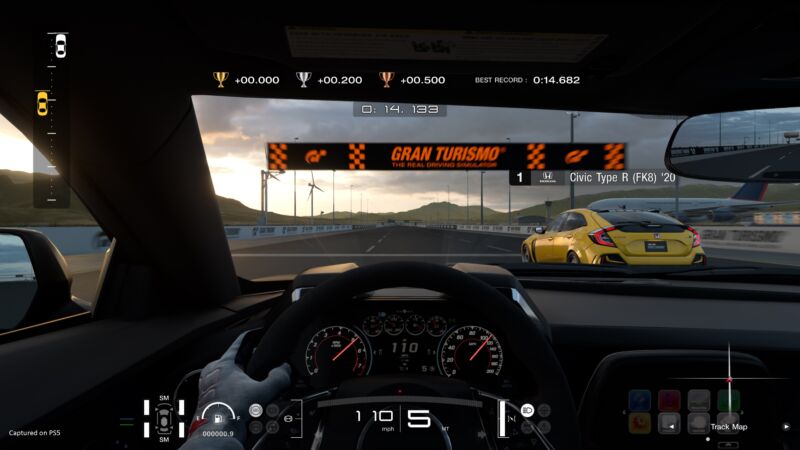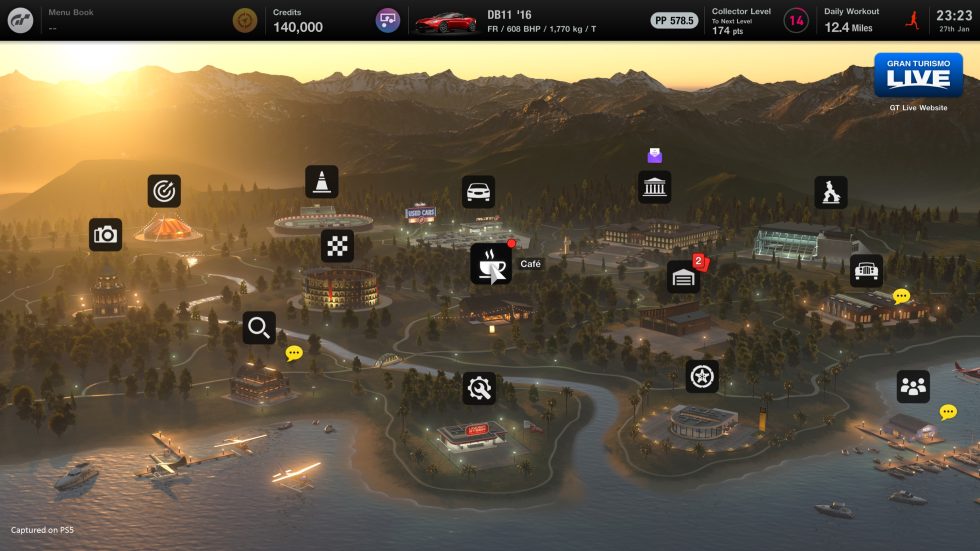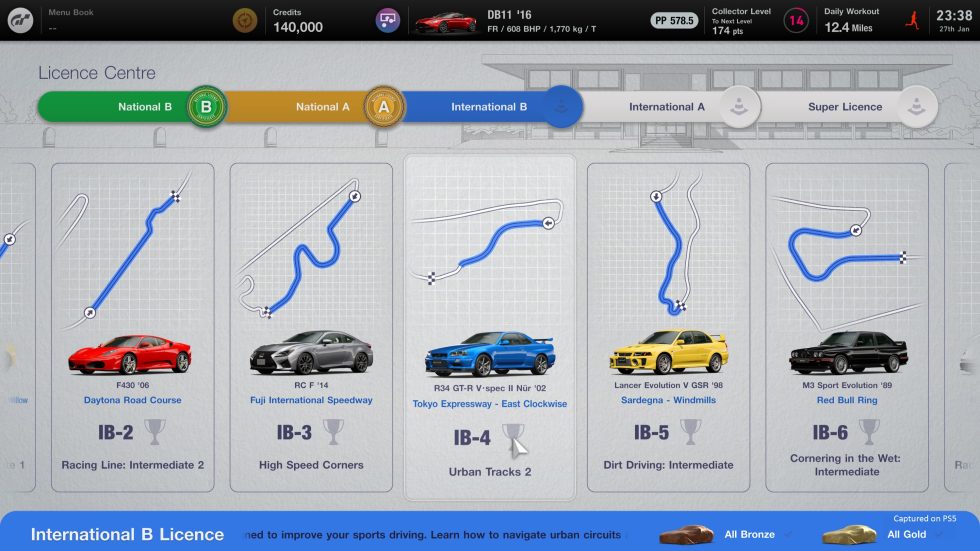
Sony
If Sony and Polyphony Digital stick to their current deadline, the newest installment of the 25-year-old Gran Turismo franchise should launch on March 4. Gran Turismo 7 will be the first GT game for the PS5 console (there’s a PS4 port for those of us who can’t get a hold of the latest-gen hardware). The game will have a bunch of new features and see the return of plenty of older ones.
Earlier today, Sony published a half-hour “state of play” video showing off GT7, and earlier this week, the company briefed Ars on the new game. Read on to find out what we know—and crucially, what we’re still waiting to find out ahead of the game’s launch,

Sony
When Gran Turismo: Sport debuted in 2017, it left many die-hard GT fans wanting. It solved some long-running issues with the franchise, notably in how it simulated tires. But Sport was almost entirely focused on e-sports and online multiplayer gameplay. To some fans raised on previous games that were giant sandboxes full of cars, this felt like a betrayal.
If I’m describing you, take heart, because GT7 looks like a return to the expansive (if at times grindy) GT universe you probably fell in love with in the late ’90s.
But GT7 is not just for graybeards. The game’s lead designer and Polyphony Digital head honcho Kazunori Yamauchi says that society has changed a lot since 1997. Young people don’t have the same interest in cars as they once had, and GT7 understands that societal shift. Instead, its goal is “exciting people to the allure of cars.”

Sony
Think of GT7 as the car life simulator, Yamauchi says—a sandbox of life with cars, with no clear ending and plenty of mileage for gamers. As ever, you start the game with a small amount of credits and compete in races to earn more, winning prize cars along the way.
To begin with, GT7 will ship with 400 cars, which you’ll find split between Brand Central (for new cars from 2001 through today), Used Cars (which is self-explanatory), and the Legendary Car dealer (where you’ll find notable vehicles that won’t be cheap). And yes, the car wash and oil change are both back where they belong.
Car customization is back.
SonyAnd that includes bodykits like this BMW E9 wide body.
SonyThe tuning menu.
SonyA range of tuning parts.
Sony
The return of customization and tuning will no doubt be welcomed by many. There are hundreds of custom parts you can add to a car; some add performance, while others are more cosmetic, like new wing endplanes or different-colored brake calipers. Each car has an expansive tuning menu, and a “measure” function simulates the effect of your tweaks in real time—something Yamauchi likens to a mini-game.
What won’t be easy is sharing your setups with other players. Despite an always-online requirement—necessary to prevent people from cheating with their saved games, Yamauchi says—the only way to share a setup is to take a screenshot and share that image. (We were told the reason is that players could have different parts installed on the car, and facilitating sharing was too complicated.)
There will also be 34 different race track locations with a total of 90 different raceable layouts—you’ll find all of these in World Circuits. Despite the name, this is a mix of real and fictional tracks, including the return of the much-loved Trial Mountain, among others. Each track also has its own tutorial program, much like in GT: Sport.



